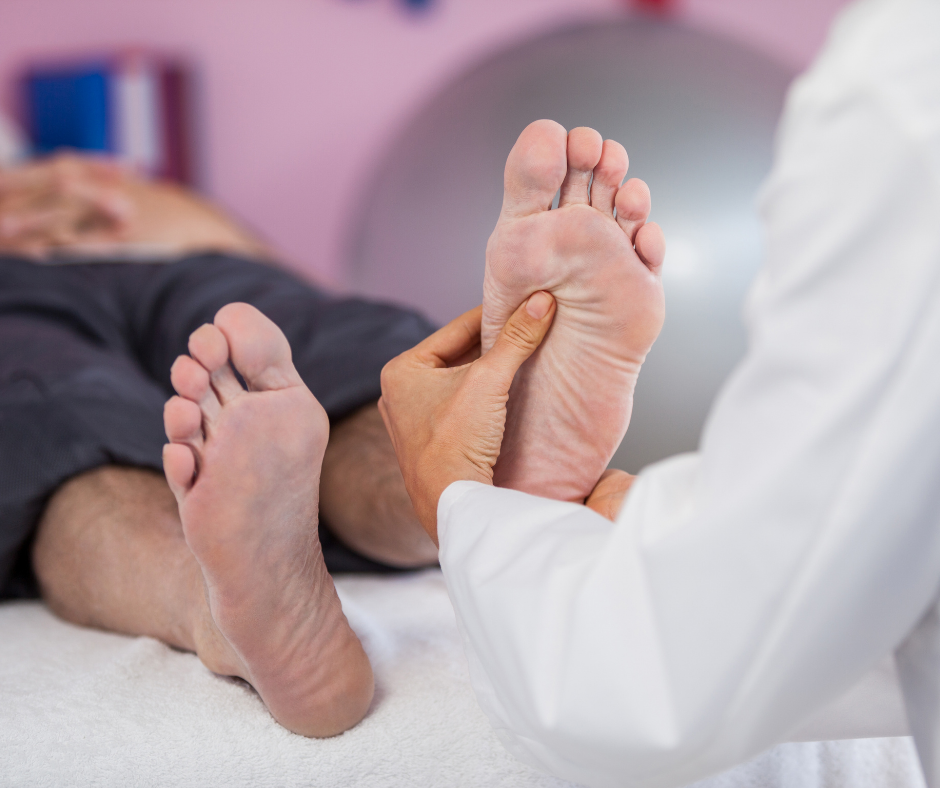It is possible for burns, sores, and blisters to heal by themselves. In most cases, with a little cleansing and care the body does an incredible job of healing themselves. But if a wound won’t heal after four to six weeks, or if it starts looking worse redder, swollen, leaking fluid, or giving off a bad smell that’s a clear sign something deeper is going on. Sometimes, a wound that starts small can become an unhealing foot ulcer or leg injury, and if left untreated the wounds can result in serious problems, or even amputation in extreme cases.

So if you’ve been waiting and watching a sore which won’t heal, it might be time to get out of the waiting and seek out help.
Why Some Wounds Refuse to Heal
There are several common reasons why a wound won’t heal. Understanding these can aid you (and your doctor) determine the best treatment.
If you suffer from diabetes, your risk of developing leg and foot ulcers is high. A high blood sugar level can harm nerves, which means you won’t be able to feel any pain. It also restricts the flow of blood and makes it difficult for cuts that are small to heal.
A lack of circulation may be the cause. This is often related to venous or arterial ulcers. If your arteries or veins don’t function properly, your blood isn’t delivering enough oxygen and nutrients to improve your skin.
In addition, if you spend a lot of time sitting or lying down because of mobility issues, you might develop pressure ulcers (bedsores) another kind of wound that can be incredibly stubborn if not treated properly.
Healing can be slowed down due to other causes including age, certain medications immune-mediated diseases, and inadequate nutrition. Sometimes it’s the combination of these things that makes the wound stay.
How long do healing procedures typically take What happens if healing doesn’t happen?
You might be wondering what the “normal” healing time is. It really depends on the type of wound and your overall health. Small cuts or blisters may be healed within a couple of weeks. But if you’re dealing with an ulcer that is more severe in the foot or leg wounds that aren’t healing it may last up to 12 weeks If everything is going well.
It’s important to not wait if there is no improvement within 4 to 6 weeks. It’s the time to see an expert on wound care. The longer the wound remains open the greater the risk.
Find the best help for you
Your body’s not telling you that it needs your assistance since it doesn’t want to heal. What’s the positive side? There are specialist and treatments that can make a huge difference. At our clinic, we focus on treating non-healing foot ulcers and leg wounds, as well as working with your other health care providers to design a personalized plan that gives your body the greatest chance of healing and can to prevent leg amputations.
Whether it’s advanced wound dressings, the ability to restore blood flow or even special therapies like hyperbaric oxygen There are solutions there. We’ll be there for you each step of the way as no one has to face wounds that don’t heal on its own.
Final Thoughts
A wound that isn’t able to heal can affect you in more ways than one. It could change your life. There is the possibility of healing. Do not be afraid to seek help if you are exhausted of having to deal with an ulcer on your leg that does not heal or is causing a constant sore or a wound that’s not healing. The earlier you ask for help, the sooner your stubborn wound will heal and you’ll be able to get back to living the life you’re entitled to.
